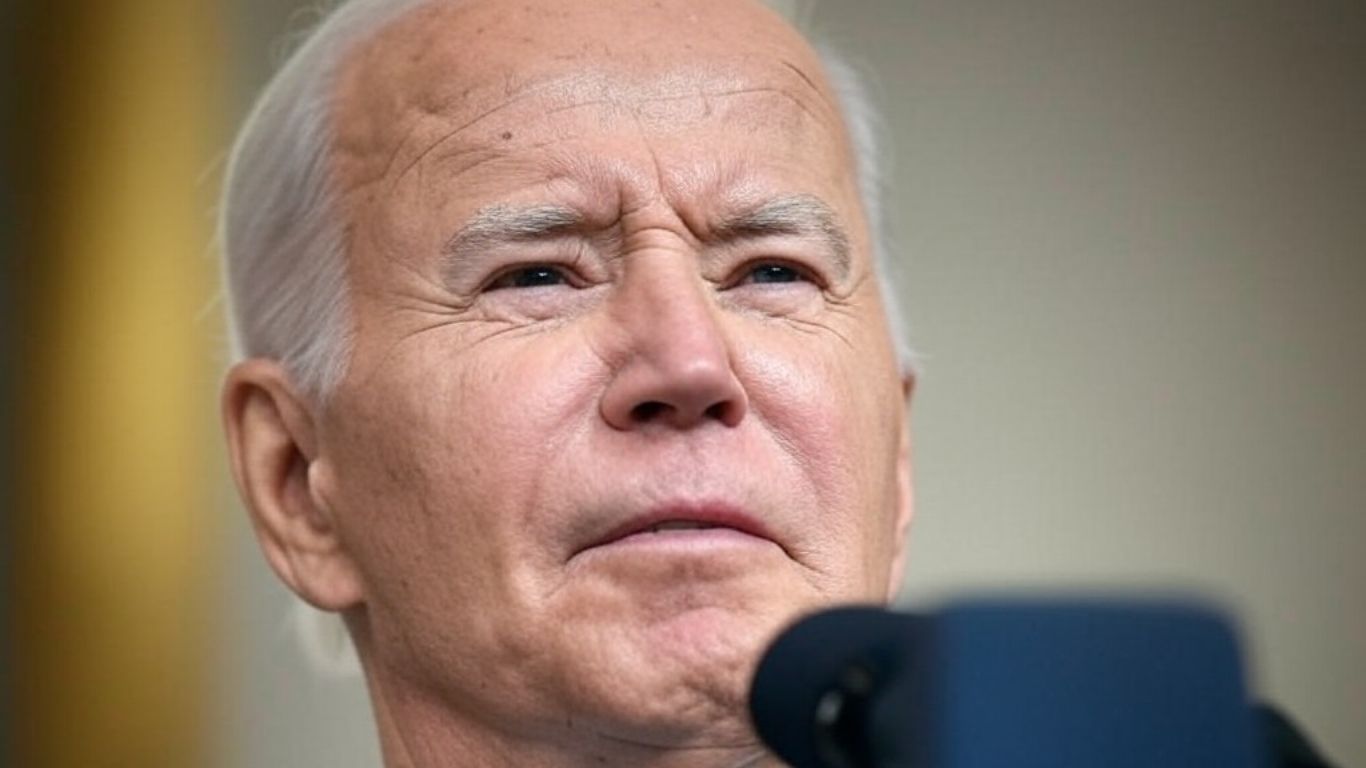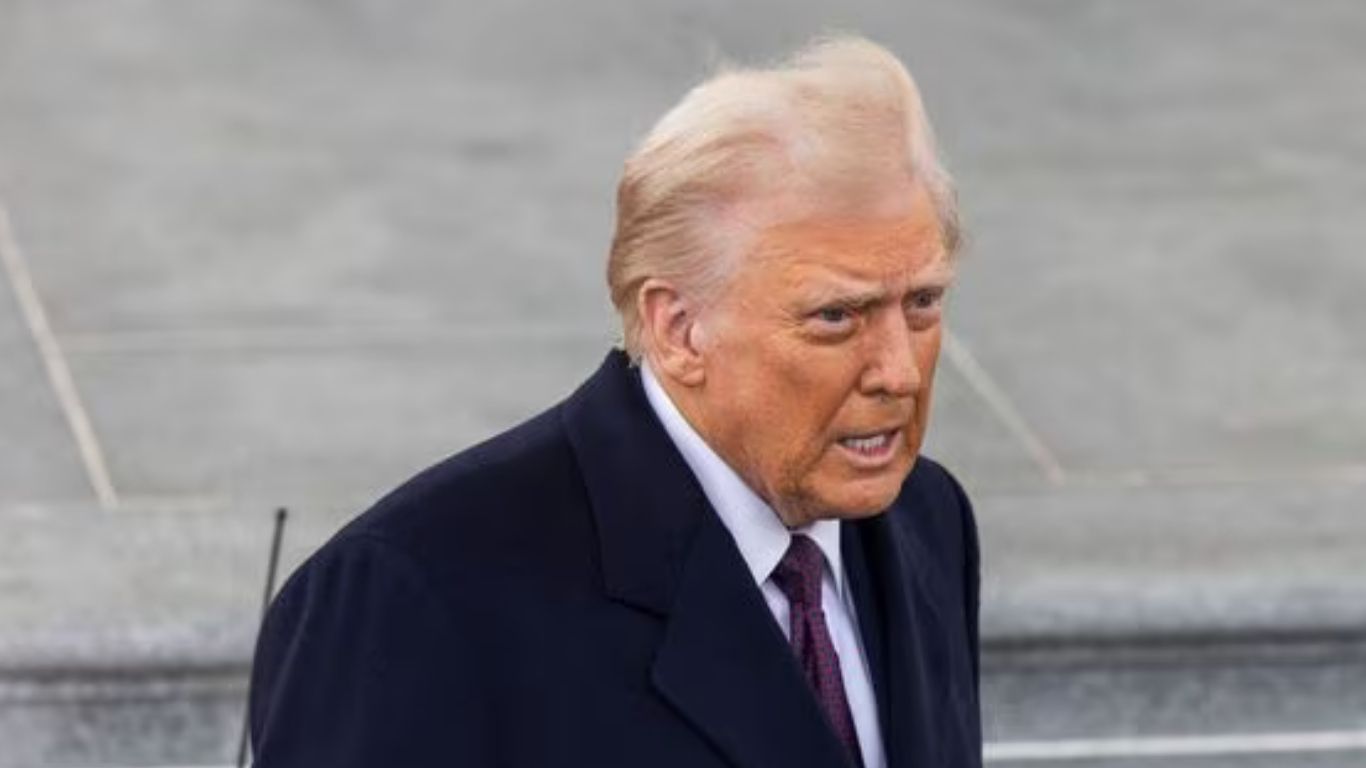As his presidency nears its conclusion, US President Joe Biden has announced a significant $2.5 billion security assistance package for Ukraine. The move comes as Biden aims to solidify support for Kyiv before President-elect Donald Trump takes office on January 20, 2025.
Key Components of the Aid Package
The newly announced assistance includes:
- $1.25 billion in military aid drawn directly from U.S. stockpiles, ensuring immediate availability for Ukraine.
- $1.22 billion under the Ukraine Security Assistance Initiative (USAI) to procure critical defense equipment, such as air defense systems, artillery, and other advanced weaponry.
The USAI program sources military equipment from defense contractors or international allies, but the delivery process can take months or years, reflecting a longer-term strategy to support Ukraine’s defenses.
Strengthening Ukraine’s Position
Biden emphasized the importance of this aid in a statement:
“At my direction, the United States will continue to work relentlessly to strengthen Ukraine’s position in this war over the remainder of my time in office.”
He noted that the assistance package would provide both immediate battlefield capabilities and longer-term resources for Ukraine’s sustained defense against Russia’s aggression.
Challenges on the Battlefield
The war between Russia and Ukraine is nearing its three-year mark, with intense battles continuing. The White House reported severe casualties among North Korean troops recently deployed by Russia, with over 1,000 troops killed or injured in the past week in Russia’s Kursk region.
Biden highlighted the strategic significance of the aid package in bolstering Ukraine’s resilience during the winter months, including the delivery of:
- Hundreds of thousands of artillery rounds.
- Thousands of rockets.
- Hundreds of armored vehicles.
Uncertainty Under Trump’s Administration
While Washington has committed $175 billion in total aid to Ukraine since the war began, the future of this support remains uncertain under the incoming administration. President-elect Trump has expressed skepticism about the extent of U.S. involvement in the conflict, advocating for a swift resolution and urging European allies to share more of the financial burden.
Trump’s stance has resonated with some Republican lawmakers, who will hold control of both the House of Representatives and the Senate starting next month. This shift in political dynamics raises questions about whether U.S. aid to Ukraine will continue at its current pace.
The Road Ahead
As Biden’s administration works to deliver the latest assistance, the announcement underscores his commitment to supporting Ukraine until his final days in office. However, the transition to Trump’s presidency signals potential shifts in U.S. foreign policy, particularly regarding the ongoing conflict in Ukraine.
With tensions still high and the war showing no signs of abating, the global community will closely monitor how the new administration navigates its approach to this critical issue.















